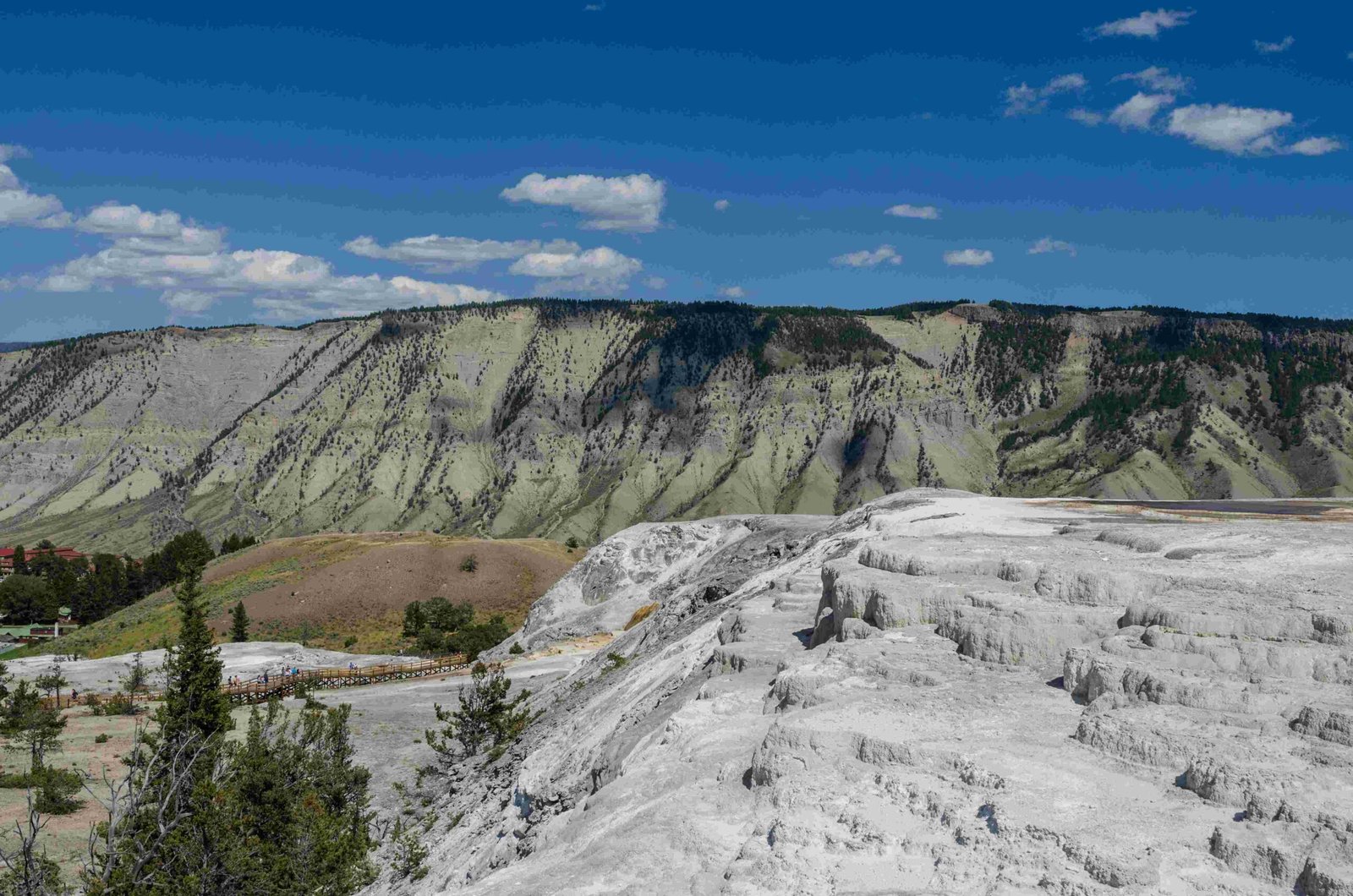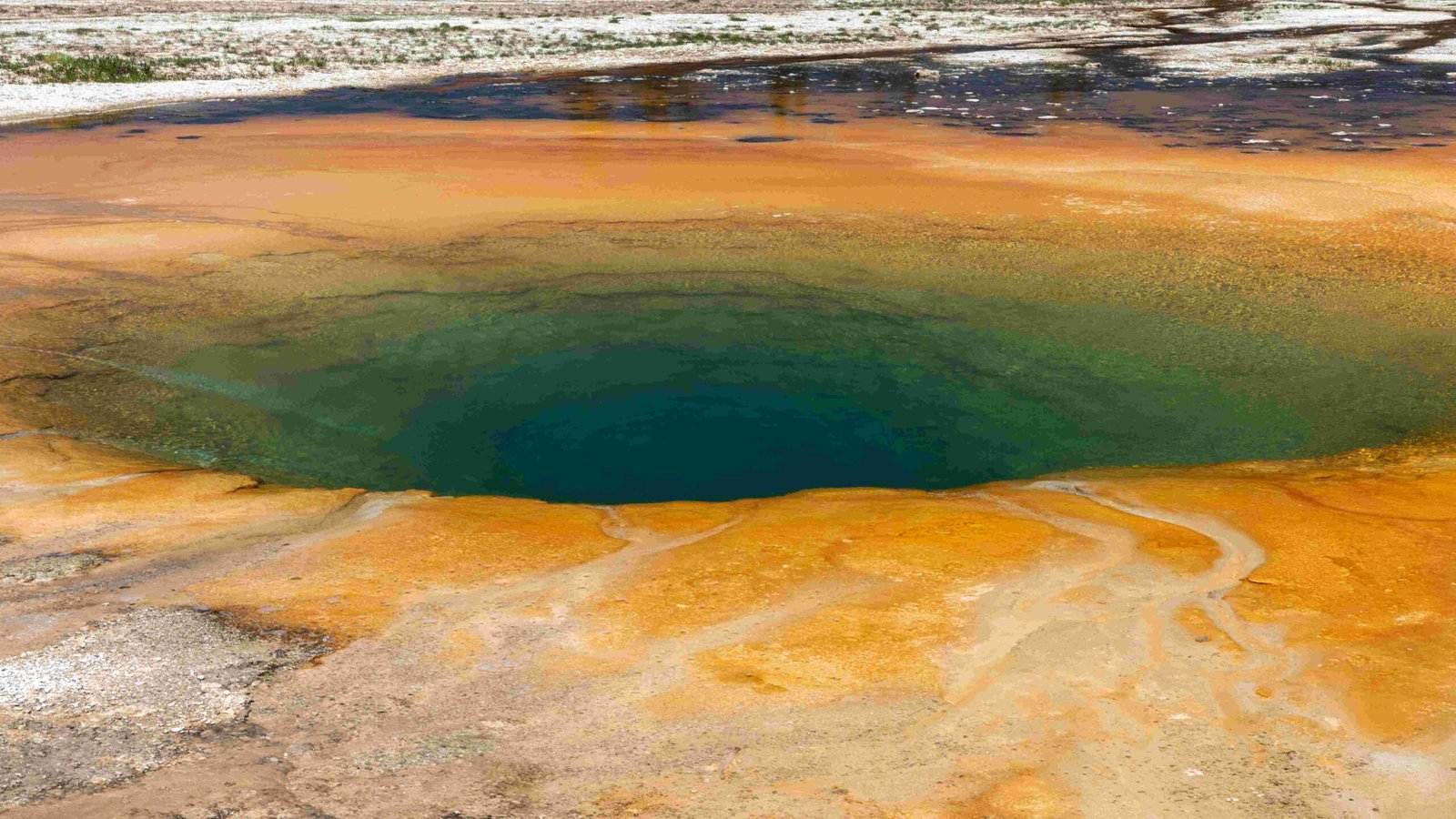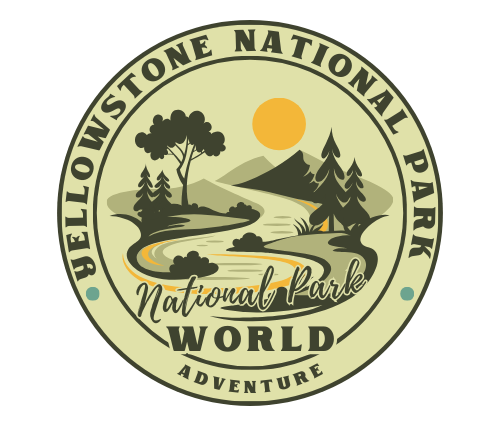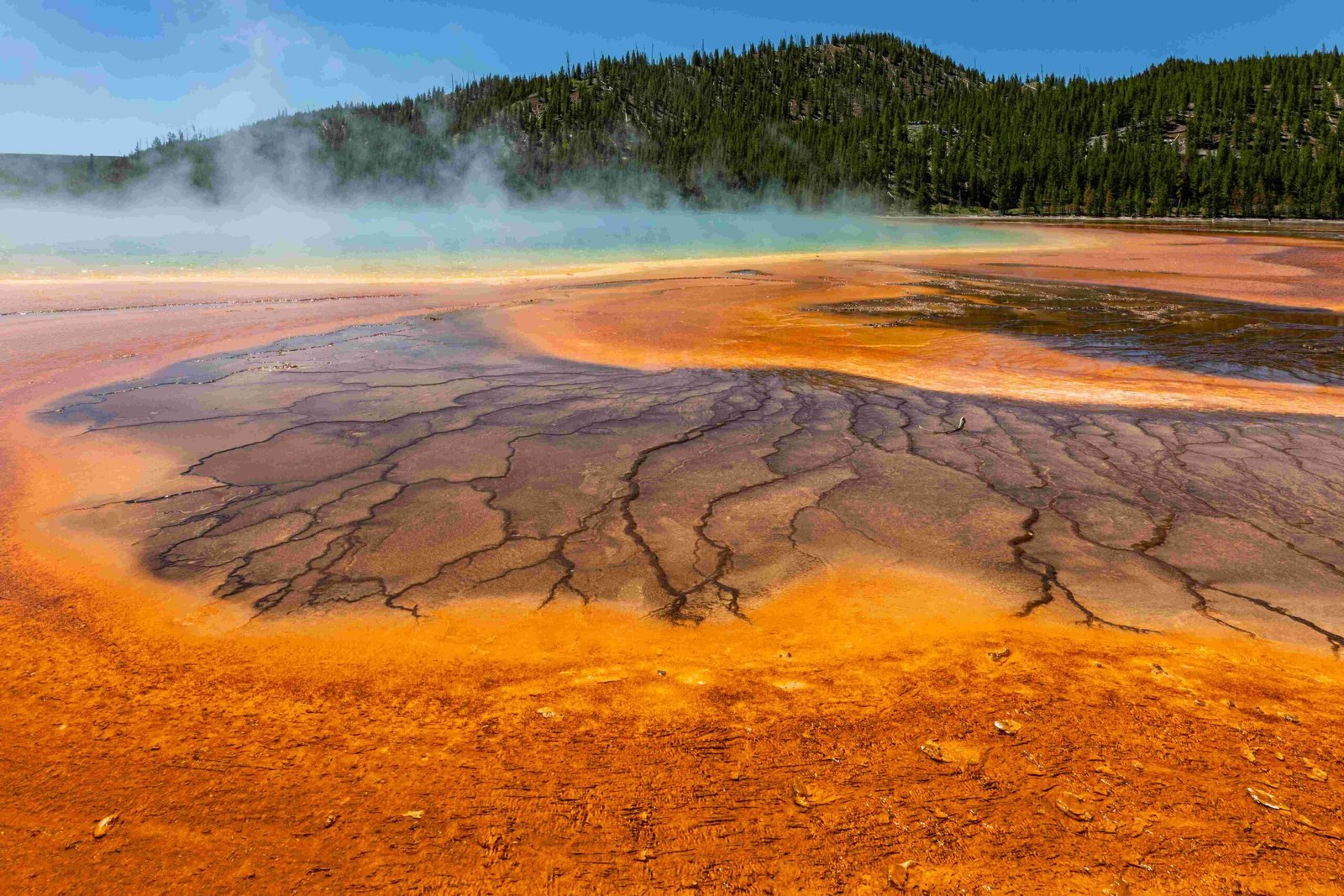Yellowstone National Park, renowned for its geothermal features and diverse wildlife, is surrounded by several other stunning national parks. The closest and most accessible parks include Grand Teton National Park, Glacier National Park, and Theodore Roosevelt National Park. Each offers unique landscapes, activities, and experiences for visitors. This article explores these nearby national parks, their distances from Yellowstone, and what they have to offer.
What Is the Closest National Park to Yellowstone?

Grand Teton National Park is the closest national park to Yellowstone. Here are the key details:
- Distance: Approximately 54 miles (87 kilometers) from Yellowstone’s south entrance
- Travel Time: About 1 hour and 16 minutes by car
- Proximity: The northern edge of Grand Teton is just 7 miles from Yellowstone’s southern entrance
What Can Visitors Expect at Grand Teton National Park?
- Stunning Scenery:
- Jagged mountain peaks
- Pristine lakes
-
Diverse wildlife
-
Activities:
- Hiking
- Wildlife viewing
- Boating
-
Scenic driving
-
Facilities:
- Visitor centers (Craig Thomas Discovery and Visitor Center, Jenny Lake Visitor Center)
- Parking areas
-
Restroom facilities
-
Tours and Programs:
- Ranger-led programs
- Boat tours on Jackson Lake and Jenny Lake
-
Scenic drives along Teton Park Road
-
Seasonal Considerations:
- Peak season: Late May to mid-September
- Potential crowds and delays during summer months
- Winter activities available (cross-country skiing, snowshoeing)
How Far Is Glacier National Park from Yellowstone?

Glacier National Park is another spectacular park relatively near Yellowstone. Here’s what you need to know:
- Distance: Approximately 560 miles (901 kilometers)
- Travel Time: 8-9 hours by car
- Route: Typically from Yellowstone’s west entrance, heading north through Montana
What Makes Glacier National Park Unique?
- Natural Features:
- Rugged mountains
- Pristine forests
-
Glacial lakes
-
Key Attractions:
- Going-to-the-Sun Road
- Lake McDonald
-
Many Glacier area
-
Activities:
- Hiking
- Camping
- Boating
-
Scenic driving
-
Facilities:
- Visitor centers (Apgar, Logan Pass)
- Parking areas (limited at popular spots)
-
Restroom facilities
-
Tours and Programs:
- Bus tours
- Boat tours on Lake McDonald and St. Mary Lake
-
Guided hikes
-
Seasonal Considerations:
- Some roads and trails closed due to snow in off-season
- Glacier National Park Festival (seasonal event)
Is Theodore Roosevelt National Park Worth the Trip from Yellowstone?
Theodore Roosevelt National Park, while farther from Yellowstone, offers a unique landscape and experience:
- Distance: Approximately 930 miles (1,497 kilometers)
- Travel Time: 13-14 hours by car
- Route: East through Wyoming and South Dakota into North Dakota
What Does Theodore Roosevelt National Park Offer?
- Landscape:
- Badlands terrain
- Painted canyons
-
Prairie ecosystems
-
Wildlife:
- Bison
- Wild horses
-
Prairie dogs
-
Activities:
- Hiking
- Camping
- Wildlife viewing
-
Scenic driving
-
Facilities:
- South Unit Visitor Center
- North Unit Visitor Center
- Parking areas
-
Restroom facilities
-
Tours and Programs:
- Ranger-led programs
- Scenic drives
-
Horseback riding (cost: $30-$50 per person)
-
Seasonal Events:
- Medora Musical
- Various ranger programs
How Do These Parks Compare in Terms of Visitor Numbers?
| National Park | Annual Visitors (Approximate) |
|---|---|
| Yellowstone | 4 million |
| Grand Teton | 3 million |
| Glacier | 3 million |
| Theodore Roosevelt | 600,000 |
What Should Visitors Consider When Planning a Multi-Park Trip?
- Time of Year:
- Summer is peak season for all parks
-
Some facilities and roads close in winter
-
Duration of Stay:
- Plan at least 2-3 days per park
-
Consider travel time between parks
-
Accommodation:
- Book in advance, especially for in-park lodging
-
Consider nearby towns for more options
-
Transportation:
- Rental car is often the most flexible option
-
Some parks offer shuttle services
-
Permits and Passes:
- America the Beautiful Pass covers all national parks
- Some activities may require additional permits
By exploring these nearby national parks, visitors can experience a diverse range of American landscapes, from the geothermal wonders of Yellowstone to the jagged peaks of Grand Teton, the glacial valleys of Glacier, and the rugged badlands of Theodore Roosevelt. Each park offers unique opportunities for adventure, relaxation, and connection with nature.

